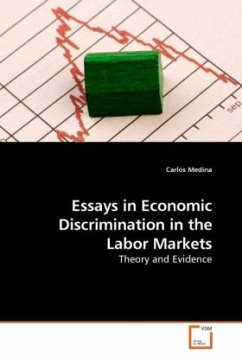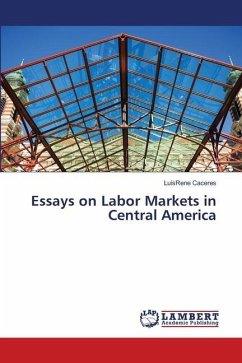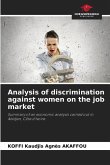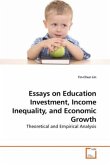This document develops models of statistical discrimination that can generate earnings differences between observationally identical individuals that belong to different groups when groups face different market conditions, there is multiple equilibria, or both. Using US CPS data we find that between 1964 and 2000 we can discard in some years the possibility of a within group coordination failure. Any coordination failure would be more severe for the cohorts of individuals 35-44 and 45-54 than those 25-34, and the share of whites working significantly increases discrimination. We find no significant differences in the market conditions the groups face and conclude that the most likely scenario that would come out as a result of blacks being tested with a technology having white's parameter, would be a reduction of the share of black males that undertake the unobservable investment, and thus, of the expected payoff of blacks. This result calls for caution in the design of affirmative action policies.
Bitte wählen Sie Ihr Anliegen aus.
Rechnungen
Retourenschein anfordern
Bestellstatus
Storno








